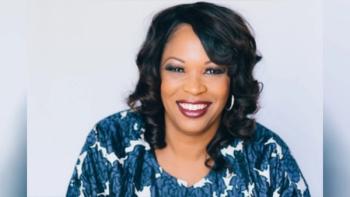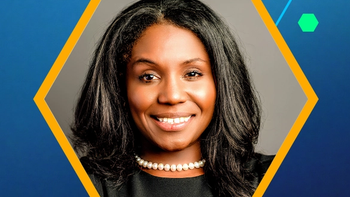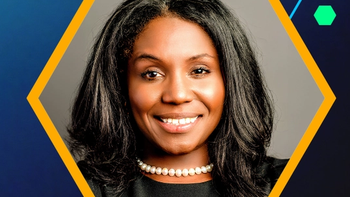
Why Life Sciences Companies Need Inclusive Leadership
Building a culture of inclusivity is not an endpoint—but a journey.
Simon Sinek wisely stated, “People don’t buy what you do; they buy why you do it.” This principle holds true for any leadership initiative, where starting with the “why” is crucial for gaining traction. Inclusive leadership sounds like a good concept. But to really get it to work, today’s business leaders need to be hooked on to the why of it. The discussions need to go beyond intellectual levels to an emotional connection. Leaders must find their own “why.”
If there is one thing that is certain in our world today, it is uncertainty. Leaders must recognize that what brought them here may not take them further. With that as a context, leaders must accept that it is imperative to create a psychologically safe environment that encourages learning, speaking up, experimentation, and (most importantly) failure, which ultimately leads to success.
Inclusive leadership is the only way leaders can create psychological safety. Professor Amy C. Edmondson defines it as: “A belief that the context is safe for interpersonal risk-taking—that speaking up with ideas, questions, concerns, or mistakes will be welcomed and valued.”
With five generations in the workforce—including 50% millennials and 25% Gen Z—the global intersectional identities and cultures make today’s work environment highly complex.
Unless we are truly inclusive of all backgrounds, we will never be able to create the psychological safety required for curiosity and innovation.
Consider this example: at one of our global town halls in Singapore, I shared our company’s unequivocal support for the LGBTQ+ community. Local colleagues, the majority of them Gen Z, attended. (Research shows one in five Gen Z adults self-identify as LGBTQ+.) Yet I was asked why we were not inclusive of the religious beliefs of the attendees who did not fully support LGBTQ+ inclusion. It was an important question, and we had created an inclusive environment for that to be asked.
This one question opened doors to deeper and more meaningful conversations and actions about what it meant to support the LGBTQ+ community while respecting local religious and cultural belief systems.
It’s important to keep in mind that inclusion is not interchangeable with consensus. In an inclusive setting, individuals are encouraged to express their diverse viewpoints and engage in constructive dialogue. Disagreements and differing opinions are not only expected but also necessary for growth and innovation.
This concept, known as creative abrasion, emphasizes the importance of constructive conflict and healthy debate. Consensus, while valuable in certain situations, should not be pursued at the expense of individual perspectives or creative thinking. It is essential to strike a balance between diverse viewpoints and the pursuit of common goals.
Creating an inclusive culture is often seen as a worthy goal, but how can it be measured?
Professor Juliet Bourke and her team have conducted several studies to shed light on this question and quantify the tangible benefits that stem from having inclusive leaders. They found that groups led by inclusive leaders are 17% more likely to say they are high performing, 20% more likely to say they consistently make high-quality decisions, and 29% more likely to say they are collaborative than with groups that aren’t.
In addition, organizations with an inclusive culture are twice as likely to say they meet or exceed financial targets, three times as likely to say they are high performing, six times as likely to say they are innovative and agile, and eight times as likely to achieve better business outcomes.
Inclusive leadership is not an endpoint but an ongoing journey. By actively working towards inclusivity, we can foster a culture where every individual feels valued, respected, and empowered to contribute their best.
Let us commit to the power of inclusive leadership and create a future where diversity is not seen as a divider but rather a unifier for a better world.
Newsletter
Lead with insight with the Pharmaceutical Executive newsletter, featuring strategic analysis, leadership trends, and market intelligence for biopharma decision-makers.




